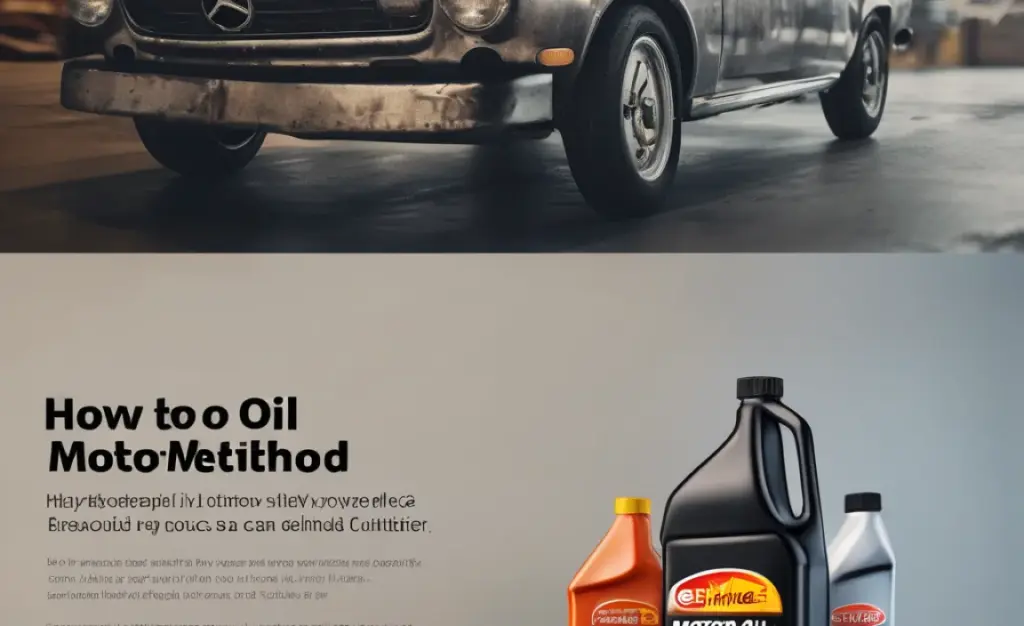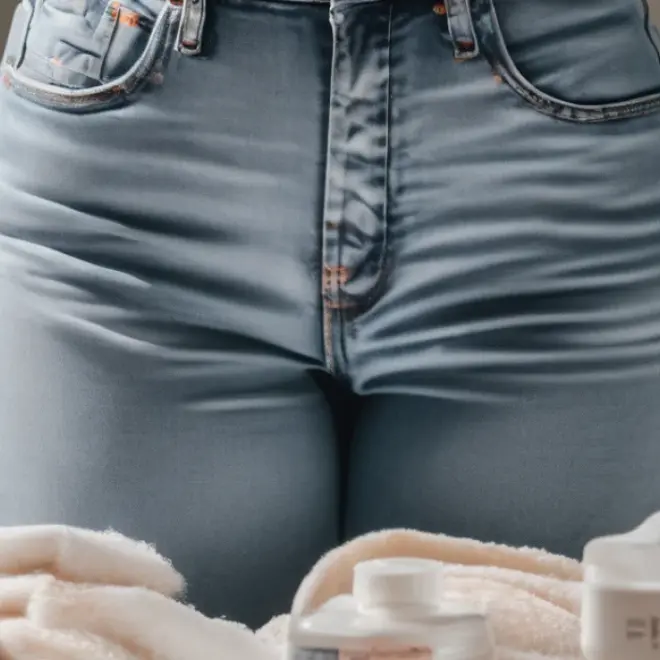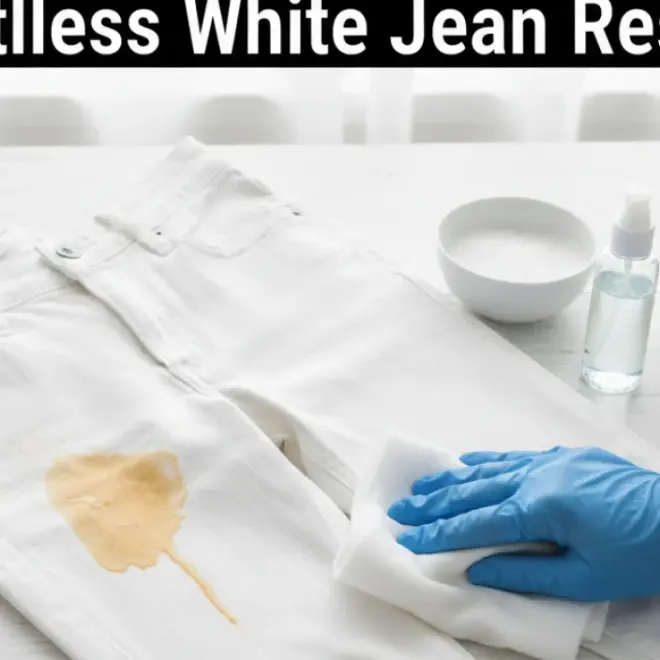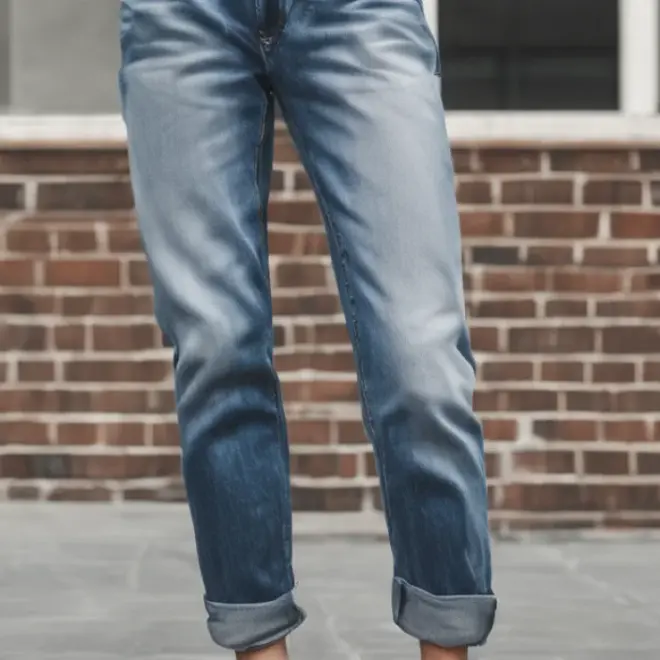Quick Summary: Easily remove motor oil stains from dark wash jeans using simple household items like dish soap and baking soda. This guide offers a gentle yet effective method for treating fresh or set-in oil spots without damaging fabric, ensuring your favorite jeans stay looking their best.
How to Remove Motor Oil: Genius, Effortless Method
Motor oil, a common necessity for keeping engines running smoothly, often finds its way onto our clothes, especially our favorite dark wash jeans. A dripping dipstick, a leaky gasket, or a simple splash can leave a stubborn stain that seems impossible to conquer. Many fear that such tough grease will permanently ruin their denim, leading to disappointment and discarded garments. But what if there was a surprisingly simple, effective, and gentle way to lift these oily marks? This guide will walk you through a tried-and-true method that uses common household items to tackle motor oil stains, restoring your dark wash jeans to their former glory.
Say goodbye to the frustration of oil stains. We’ll break down the process into easy, manageable steps, so you can treat your denim with confidence. Let’s dive into the most effective way to remove motor oil, leaving your jeans looking as good as new.
Understanding Motor Oil Stains
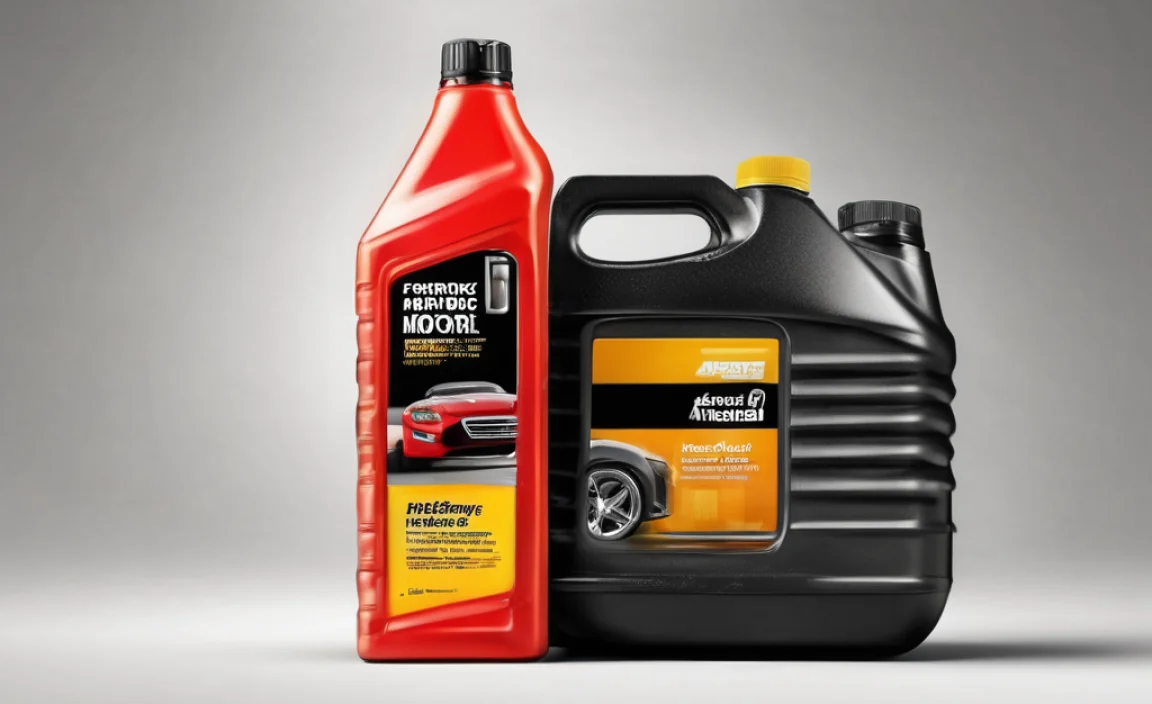
Motor oil is a petroleum-based lubricant, which means it’s an organic compound. Its chemical makeup makes it inherently greasy and difficult to remove with water alone, as oil and water don’t mix. This is why a simple wash often isn’t enough. The oil penetrates the fabric fibers, leading to that characteristic dark, greasy mark. The longer the stain sits, the deeper it can set into the denim, making it more challenging to remove.
Dark wash jeans are particularly susceptible to showing oil stains because of their deep color. While lighter fabrics might show a less obvious mark, dark denim can make even a small amount of oil look like a major problem. However, the same deep dye that makes the stain visible also helps conceal minor imperfections once the oil is properly removed, making dark wash denim a good candidate for stain treatment.
The Genius Method: Your Step-by-Step Guide
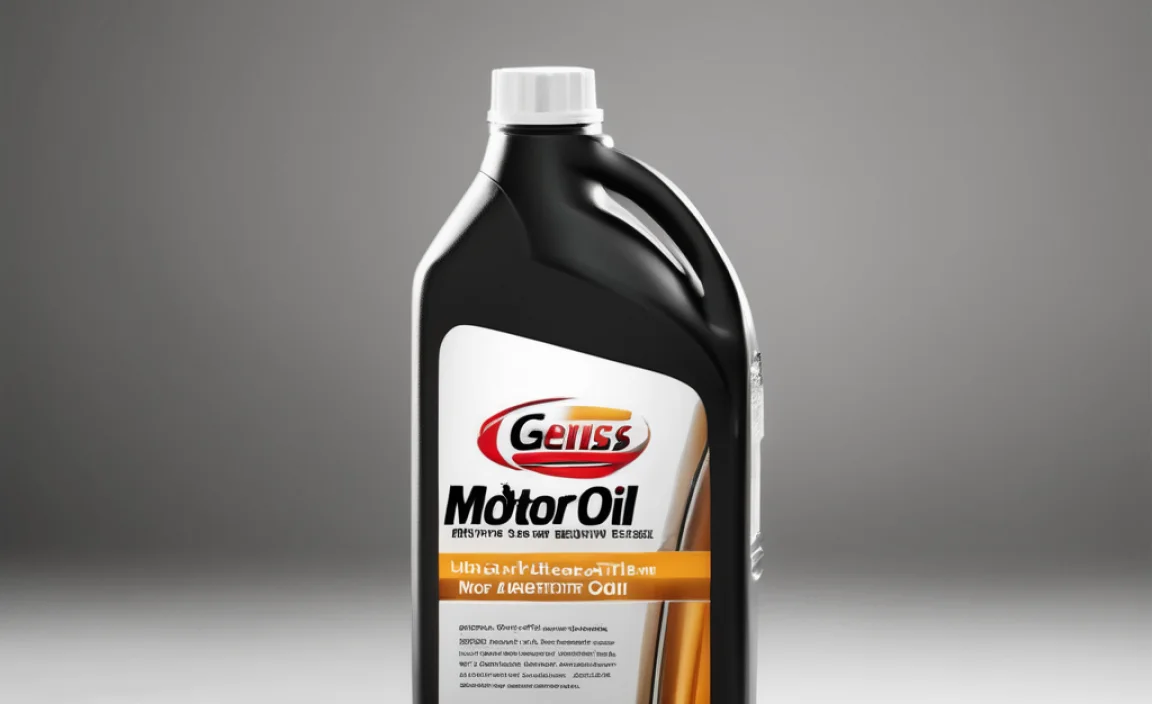
This method focuses on breaking down the oil using a degreasing agent and a gentle abrasive. It’s designed to be effective while minimizing stress on your denim fibers. We’ll use readily available items you likely have in your kitchen or laundry room.
What You’ll Need
- Liquid dish soap (a degreasing formula is best)
- Baking soda
- An old toothbrush or soft-bristled brush
- Paper towels or clean cloths
- Cold water
- A good quality laundry detergent
Step 1: Act Fast (If Possible)
The sooner you treat an oil stain, the easier it will be to remove. If the stain is fresh, gently blot up as much excess oil as you can with a paper towel. Avoid rubbing, as this can push the oil deeper into the fabric. For older stains, proceed directly to Step 2.
Step 2: Apply Dish Soap Directly
Pour a generous amount of liquid dish soap directly onto the oily stain. Choose a dish soap that is known for its grease-cutting power, often highlighted in its marketing. Gently work the soap into the stain with your fingers or the old toothbrush. Ensure the entire stained area is saturated. The dish soap acts as a surfactant, breaking down the oil molecules so they can be lifted from the fabric.
Let the dish soap sit on the stain for about 10–15 minutes. This allows it to work its magic and begin dissolving the grease.
Step 3: Sprinkle with Baking Soda
After the dish soap has had time to penetrate, generously sprinkle baking soda over the soapy area. Baking soda is a mild alkali and a gentle abrasive that can help lift the oil residue. Pat it down lightly to ensure it adheres to the dish soap. It will form a paste-like consistency.
Gently scrub the paste into the stain using your old toothbrush or soft-bristled brush. Work in small, circular motions, being careful not to scrub too aggressively, which could damage the denim’s weave. The combination of dish soap and baking soda creates a powerful, yet gentle, cleaning paste.
Let this paste sit on the stain for at least 30 minutes, or even an hour for tougher or older stains. This extended contact time is crucial for allowing the cleaning agents to fully break down the oil.
Step 4: Rinse with Cold Water
After the paste has set, rinse the stained area thoroughly with cold water. You should be able to see a significant reduction in the stain, or it may be completely gone. If you still see traces of the oil stain, repeat Steps 2 and 3. Sometimes, stubborn oil requires a second application.
It’s important to use cold water at this stage. Hot water can set protein-based stains and can also sometimes make oil stains harder to remove by causing them to spread further into the fabric.
Step 5: Launder as Usual (with Caution)
Once you’re satisfied with the stain removal, launder your dark wash jeans as you normally would, but with a couple of key precautions. Use your regular laundry detergent and wash the jeans in cold water. It’s a good idea to wash the stained item alone or with other dark colors to prevent any potential color transfer.
Crucial Check Before Drying: Before you put your jeans in the dryer, inspect the stained area carefully. If any trace of the oil stain remains, do NOT put them in the dryer! The heat from the dryer can permanently set any remaining oil, making it virtually impossible to remove later. If the stain is still visible, repeat the cleaning process from Step 2 before drying.
Step 6: Air Dry or Tumble Dry on Low
Once you’ve confirmed the stain is completely gone, you can dry your jeans. Air drying is always the gentlest option for denim and your garments. If you need to use a dryer, opt for a low heat setting. High heat can be tough on denim fibers and can also cause shrinkage.
Alternative Methods & When to Use Them
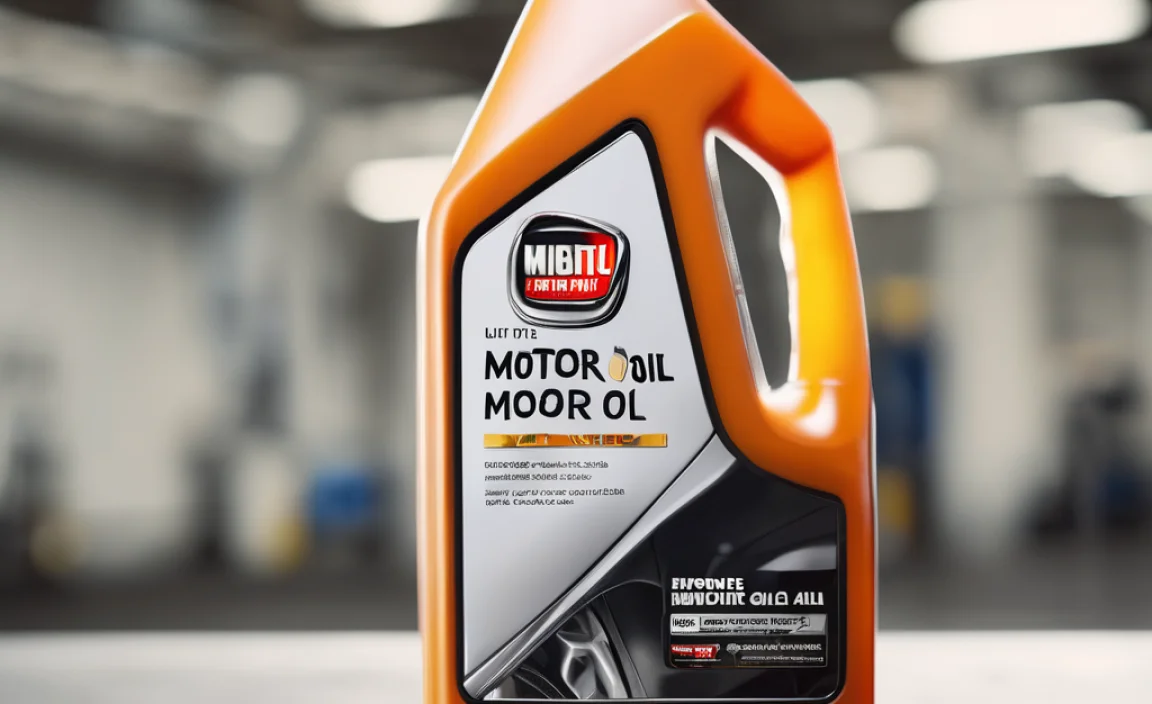
While the dish soap and baking soda method is generally the most effective and safest for dark wash jeans, there are other options you might consider, especially if the stain is particularly recalcitrant or very old.
Pre-treating Sprays and Detergents
Many commercial stain removers are specifically designed for grease and oil. These can be very effective. Look for products with enzymes that break down oil and grease. Always follow the product instructions carefully and test on an inconspicuous area of the jeans first, as some powerful removers can affect dye, though this is less common with dark wash denim.
Absorbent Powders
For very fresh, heavy spills, you can use absorbent powders like cornstarch or talcum powder. Cover the entire stain generously and let it sit for several hours or overnight. The powder will absorb a lot of the surface oil. Scrape off the powder and then proceed with the dish soap and baking soda method.
Rubbing Alcohol (Isopropyl Alcohol)
Rubbing alcohol can act as a solvent for oil. You can dab a small amount onto a clean cloth and then gently work it into the stain. Be cautious, as alcohol can sometimes affect dyes on delicate fabrics, but it’s generally safe for denim. Always test in a hidden spot first. After applying, rinse and proceed with the standard washing method.
Professional Dry Cleaning
For extremely old, set-in, or large motor oil stains that haven’t responded to home treatments, professional dry cleaning might be your best bet. Dry cleaners have access to powerful solvents and techniques that are not available for home use. Be sure to point out the stain to the cleaner and tell them what caused it.
Understanding Fabric Care for Denim
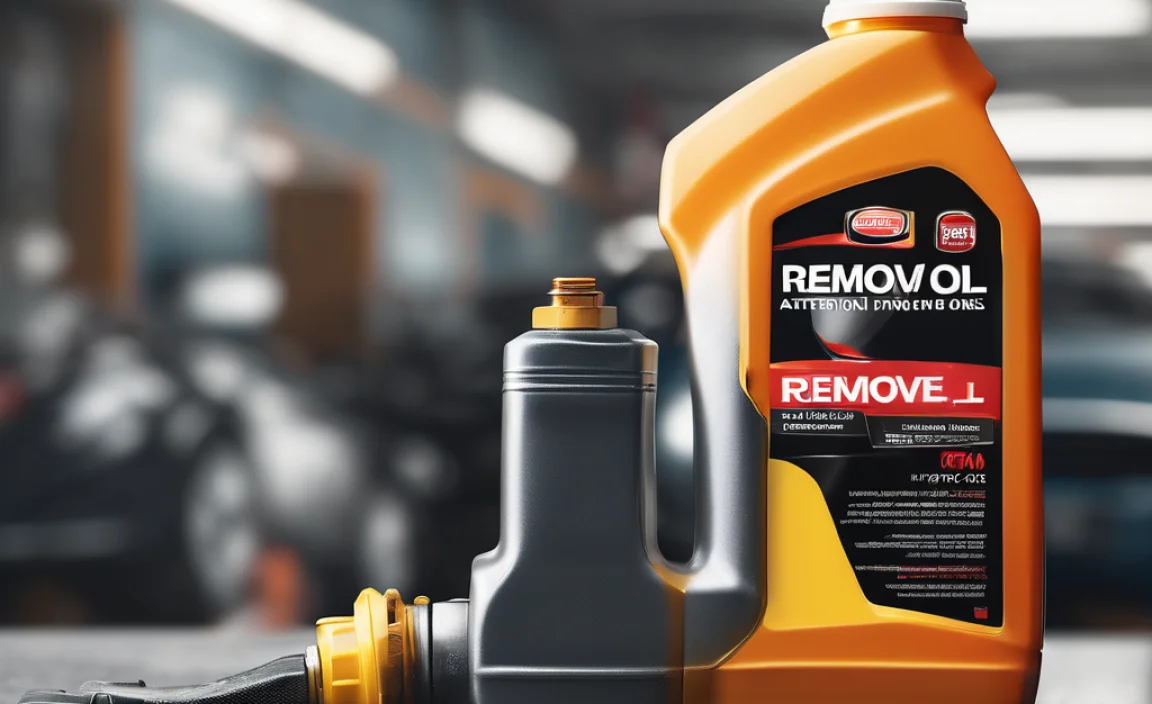
Denim, particularly dark wash denim, requires specific care to maintain its color and texture. Understanding these basics can help prevent many common clothing issues.
Washing Temperatures
Always opt for colder water when washing dark wash jeans. Hot water can cause darker dyes to bleed and fade more quickly. It can also contribute to shrinkage. Cold water is gentler on the fabric and helps preserve the deep color of your jeans.
Detergent Choices
Use a mild laundry detergent. Harsh detergents can strip the dye from your denim, leading to premature fading. There are even detergents specifically formulated for darks that can help maintain color vibrancy. Avoid using bleach on dark wash jeans unless specifically instructed by the garment’s care label, as it will likely cause significant discoloration.
Drying Techniques
As mentioned, the heat from a dryer is one of the biggest enemies of denim. It can lead to shrinkage, weakening of fibers, and can set in stains. Air drying is highly recommended. If you must use a dryer, always use the lowest heat setting possible and remove the garment while slightly damp.
For more on fabric care, consider resources from textile experts or organizations dedicated to fabric conservation. For instance, the Chelsea Market Fabric Care Guide offers excellent, practical advice on clothing maintenance that can be applied broadly.
Troubleshooting Common Issues
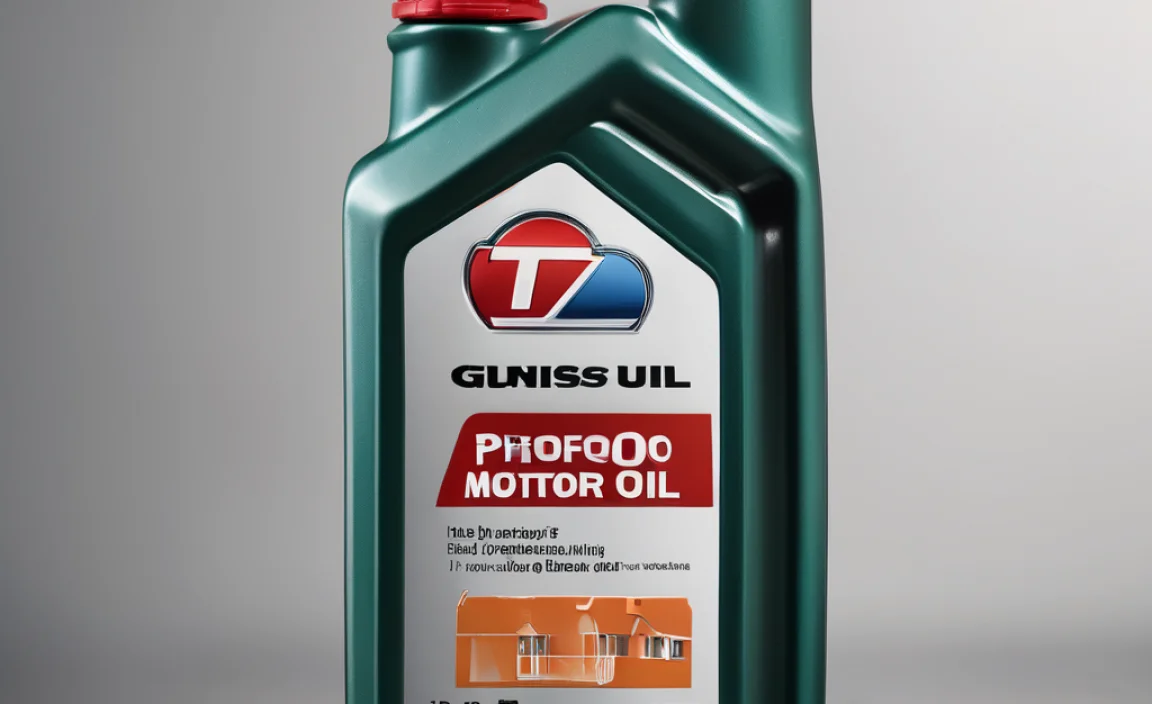
Sometimes, even with the best methods, you might encounter a hitch. Here’s how to troubleshoot common problems when removing motor oil stains from dark wash jeans.
The Stain Won’t Budge
Problem: After one or two treatments, the stain is still visible.
Solution: Be patient. Stubborn stains may require multiple applications of the dish soap and baking soda paste. Ensure you are letting the paste sit for at least 30-60 minutes between applications. Additionally, try using a different brand of dish soap known for superior grease-cutting power, or consider a commercial stain remover specifically designed for grease.
Jeans Appear Faded After Treatment
Problem: The treated area looks lighter than the rest of the jeans.
Solution: This can happen if the scrubbing was too aggressive or if the stain was treated for an extended period with a very strong cleaner. In the future, always use a soft brush and be gentle. For minor fading, sometimes washing the entire pair of jeans again in cold water with a dark wash detergent can help blend the color. For significant fading, a dye-retention product might be necessary, or you may need to accept a slightly vintage look.
The Oil Stain Spreads
Problem: The stain seems larger or more dispersed after treatment.
Solution: This often happens if hot water is used too early in the process or if the stain is rubbed vigorously. Always use cold water for rinsing and blotting. Focus your scrubbing on the stained area itself, rather than spreading outward.
Preventing Future Motor Oil Stains
Prevention is always better than cure. While some spills are unavoidable, here are a few tips:
- Wear an Apron: When working on your car or dealing with oily substances, wear an old apron or a dedicated work shirt.
- Handle with Care: Be mindful when checking oil levels or handling oil containers. Use funnels and ensure caps are on tightly.
- Immediate Action: If a spill does occur, address it as soon as possible. Blotting fresh oil immediately can significantly reduce its ability to set.
- Dedicated Work Clothes: Consider having a dedicated set of older clothes or work clothes that you don’t mind getting stained.
Frequently Asked Questions (FAQ)
Can I use regular laundry detergent to remove motor oil?
Regular laundry detergent alone is usually not strong enough to break down stubborn motor oil. It’s best to use a liquid dish soap known for its degreasing properties as a pre-treatment, and then follow with your regular laundry detergent.
How long should I let the dish soap and baking soda paste sit on the stain?
For best results, let the paste sit on the stain for at least 30 minutes to an hour. For very old or stubborn stains, you can even leave it for several hours. The longer it has to work, the more effectively it can break down the oil.
Will this method remove colored grease or other types of oil?
This method is primarily designed for motor oil, which is petroleum-based. It is generally effective for other similar grease and oil stains. However, for stains like fresh food grease (e.g., butter, cooking oil), you might have similar success. Stains from things like makeup or ink may require different treatments.
Can I use this method on lighter colored jeans?
Yes, this method is generally safe for most denim colors. However, if you are treating very light or white denim, always test the dish soap and baking soda paste on an inconspicuous area first. While unlikely, vigorous scrubbing or specific soap formulations could potentially cause slight variations in color intensity. Always err on the side of caution with lighter fabrics.
What if the stain is old and set-in?
Old, set-in stains are more challenging but not impossible. You may need to repeat the dish soap and baking soda treatment multiple times. Consider letting the paste sit for an extended period, even overnight, between rinses. You might also explore commercial stain removers specifically designed for old grease stains, but always test them first.
Why is it important to avoid the dryer until the stain is gone?
The heat from a clothes dryer can permanently set oil stains into fabric fibers, making them incredibly difficult, if not impossible, to remove. It’s crucial to ensure the stain is completely gone before exposing the garment to high heat.
Conclusion
Motor oil stains on dark wash jeans might seem daunting, but they are far from a lost cause. By using the simple, effective method of dish soap and baking soda, you can gently but powerfully break down and lift even stubborn grease marks. Remember that prompt action, proper technique, and patience are your greatest allies. Always inspect your jeans before drying, and if a hint of oil remains, repeat the treatment. With these straightforward steps and a little care, your favorite dark wash jeans can be rescued, allowing you to continue enjoying them without the worry of permanent damage. Embrace this effortless method, and keep your denim looking its best, stain-free.


